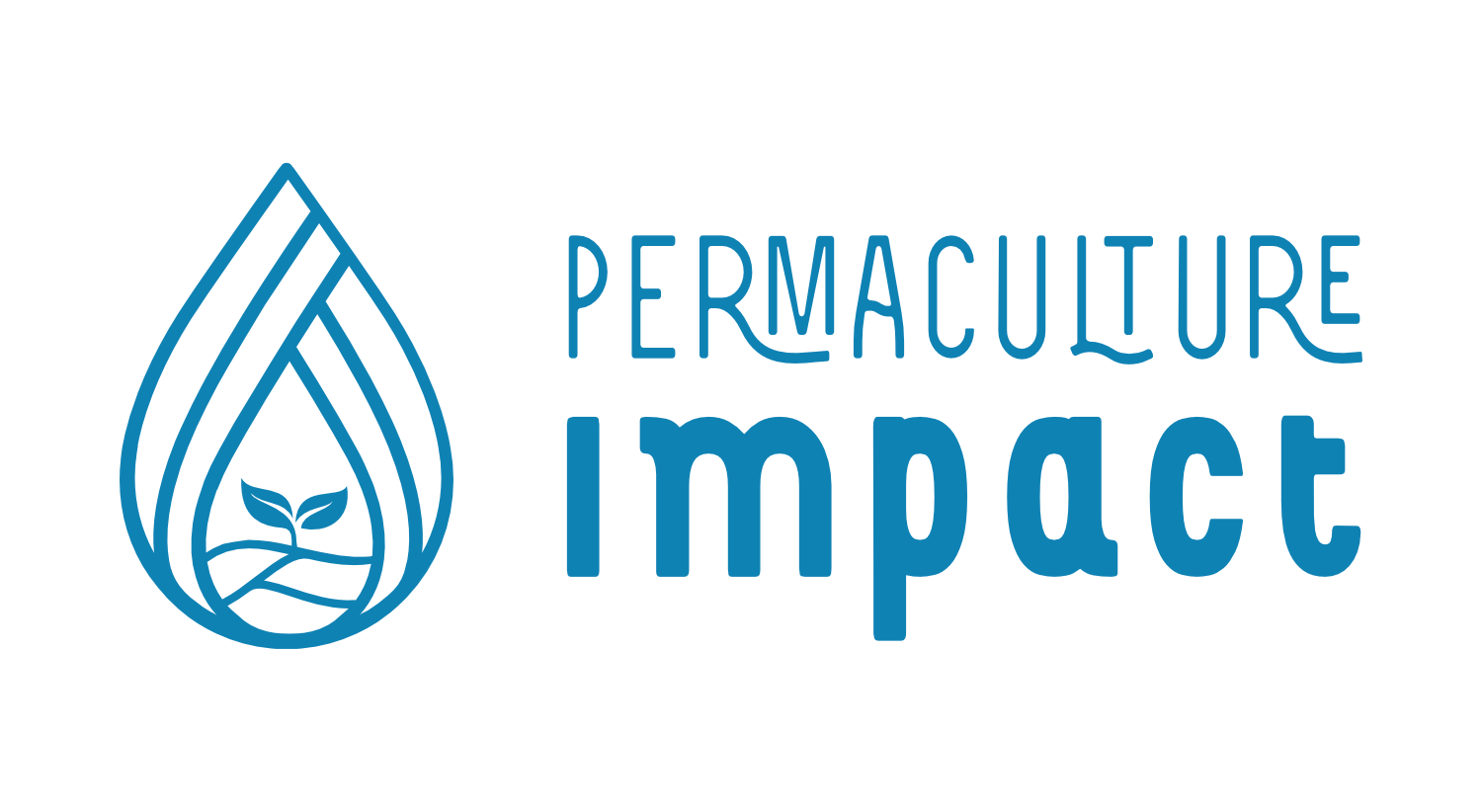General steps
Evaluation is a vital part of any project, helping you understand what works, what doesn’t, and where adjustments are needed. These steps provide a framework for evaluating your project’s outcomes and impacts. Our courses, forum and other support can help you complete these steps.
- Identify the Key Intended Outcomes and Potential Impacts
Start by identifying what you want to evaluate and why. What are the main goals of your project? Are you aiming to restore degraded land, support local food systems, or improve community well-being?
- Determine Indicators
Indicators are measurable signs of progress toward your outcomes and impacts. These might include:
- Ecological indicators: soil organic matter, water retention, biodiversity.
- Societal indicators: community participation, knowledge sharing, or food security.
- Economic indicators: cost savings, increased yields, or local job creation.
For example, if you aim to increase biodiversity, your indicator might be the number of species present before and after the project.
- Make a Data Collection Plan
Plan how you will gather data. Consider:
- Methods: Will you conduct surveys, take soil samples, or use remote sensing?
- Frequency: How often will you collect data to track changes over time?
- Resources: Who will collect the data, and what tools are needed?
- Define a Baseline
Understanding where you’re starting from is crucial. A baseline establishes the initial conditions of your site or community before the project begins. For instance, measure existing soil health, map community food access points, or record economic activity in the area. This way, in the future, you will be able to compare the baseline with the results.
- Implement the Plan
Carry out the actions outlined in your data collection plan. Stay consistent and document any challenges or adjustments made along the way.
- Analyze Data to Understand the Impact
Once data is collected, analyze it to determine whether the project met its intended outcomes and impacts.
- Look for trends, unexpected results, or areas of success.
- Compare your results to the baseline to identify meaningful changes.
- Communicate or Improve
If results are positive, share your impact! Communicating your achievements can inspire others, attract funding, or create partnerships.
If results fall short, reflect and adapt. Permaculture is a continuous learning process. Use your findings to tweak your design or approach and try again.

